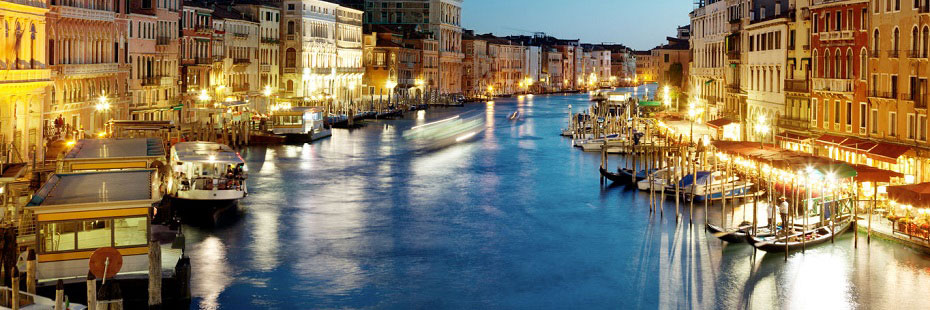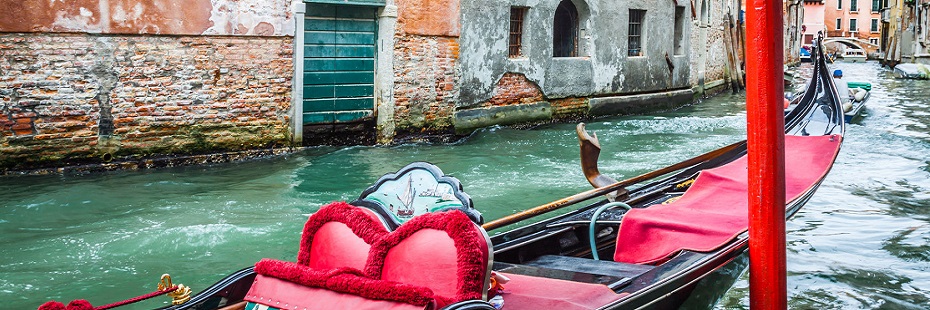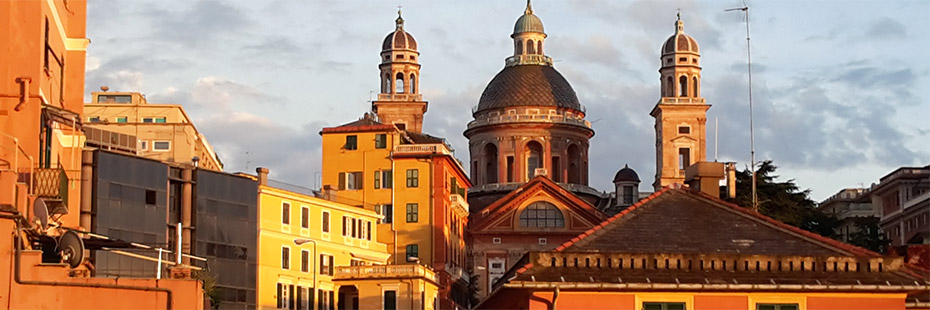| CITTÀ DEL VATICANO: L'artista fiorentino Buonarroti sta completando un affresco monumentale del Giudizio Universale sulla parete di fondo della Cappella Sistina. | VATICAN CITY: The Florentine artist Buonarroti is putting the finishing touches to his monumental fresco of the Giudizio Universale, or Last Judgement, on the back wall of the Sistine Chapel. |
 |
|
| I corrispondenti stranieri a Roma si danno un gran da fare per poter sbirciare l'ultima creazione dell'artista, che la Curia Romana prevede di svelare in occasione delle celebrazioni pasquali nella capitale. Gli specialisti d'arte del Vaticano, nel descriverlo come "un capolavoro di luce e brillantezza", già conferiscono al lavoro di Buonarroti il titolo di meraviglia del mondo. | Foreign correspondents in Rome are fighting for a preview of the artist's newest creation which the Curia Romana plans to unveil for Easter celebrations in the Christian capital. Vatican art specialists, who describe it as "a work of light and brilliance", are already hailing Buonarroti's gigantic work one of the marvels of the world. |
| Dopo cinque anni di lavoro massacrante da sei piani di tralicci su 180 metri quadri della parete della cappella di Papa Sisto IV, il perfezionista Michelangelo Buonarroti sta apponendo gli ultimi ritocchi. Abbreviare un braccio qui, allungare un piede la, ricoprire qualche genitale troppo in vista, ritoccare il cielo azzurro nell'angolo superiore con una mistura di frammenti di lipislazzulo e colla animale. | After five years of back-breaking labor from six tiers of scaffolding on the 180 square meter wall of the chapel of Pope Sixtius IV, the perfectionist Michelangelo Buonarroti is making last minute corrections. Shortening an arm here, lengthening a foot there, covering some exposed genitals, and retouching the light blue sky in the upper corners frescoed with a mixture of crushed lapis-lazuli and animal glue. |
 |
|
| Il Giudizio Finale è già il pezzo forte della Cappella Sistina; degli innumerevoli tesori custoditi nei musei Vaticani; di Roma città d'arte. I più accaniti sostenitori di Buonarroti lo definiscono come il più importante monumento d'arte mondiale. La meta futura dei pellegrini alla Città Eterna. | The Last Judgement is already the highlight of the Sistine Chapel. Of the countless treasures guarded in the Vatican museums. Of the art city of Rome. Buonarroti's most enthusiastic followers are labeling it the major art monument of the world. The future goal of pilgrims to the Eternal City. |
ARRIVO ALLA CITTÀ DEL VATICANO Migliaia di pullman turistici con bar, gabinetto e TV, fanno sembrare le strette e ripide strade intorno al Vaticano ancora più striminzite. I romani, in guerra permanente con il traffico, diventano furiosi alla vista delle centinaia di super pullman, provenienti da Spagna, Polonia, Francia, Ungheria, Germania, Olanda, Belgio, che per 12 mesi all'anno bloccano la discesa dalle vecchie mura aureliane e dal Gianicolo verso la cupola della cattedrale di S. Pietro. Milioni di persone giungono al Vaticano ogni anno. Pellegrini che s'immergono nell'anticamera di Dio. Turisti e amanti d'arte che visitano lo Stato sovrano più straordinario al mondo. |
ARRIVAL IN VATICAN CITY Thousands of double-decker tourism buses, with bar, toilettes and TV, make the narrow, hill streets around Vatican City ever narrower. Romans in constant war with the traffic are infuriated by the hundreds of super pullmans from Spain and Poland, from France and Hungary, from Germany, Nederland and Belgium, which block 12 months a year the descent from the old Aurelian wall and Gianicolo Hill toward the dome of St. Peter's Cathedral. Millions of people arrive in the Vatican each year. Pilgrims to bathe in the antecamera of God. Tourists and art lovers to visit the world's most exceptional sovereign state. |
| Se arrivate soli o in gruppo, nei tranquilli mesi invernali o nell'alta stagione di Pasqua, se provenite dal centro per Via della Conciliazione o a piedi attraverso il colonnato del Bernini, il primo impatto con Piazza S.Pietro è comunque unico. Chi non ricorda la prima volta? Le aspettative prima dell'arrivo? E poi il primo colpo d'occhio? Una grandiosità opprimente. Smarrimento. Come se entraste in una stanza affollata senza riconoscere i volti. Quella prima impressione non la dimenticherete mai: S.Pietro, il Vaticano. | If you arrive alone or in a group, in less crowded winter months or at peak season at Easter, if you approach from the Rome center through Via della Conciliazione or step through the Bernini colonnade, the first impact of Saint Peter's Square is unique. Who doesn't remember the first time? The anticipation before you arrive? And then that first visual contact? Overwhelming. Confusing. Like when you enter a crowded room, and you cannot distinguish individual faces. That first impression never leaves you the rest of your life: St. Peter's, the Vatican. |
| La vista d'insieme è fondamentale. Perché i numeri e le statistiche sono importanti. Parlando del Vaticano i superlativi sono d'obbligo. Nei fatti è uno stato. Un piccolo stato, ma un monumento imponente. E molto, molto potente. La basilica di S.Pietro è la più grande chiesa al mondo, occupando un'area di oltre due ettari, o 22.000 metri quadrati, 211 metri in lunghezza e 119 in altezza. | That overall view is fundamental. For the numbers and statistics are important. Superlatives are obligatory in reference to the Vatican. In fact, it's a state. Small as a state, but huge as a monument. And very very powerful. The Basilica of St. Peter's is the world's biggest church, an area of over two hectars, or 22,000 square meters, 211 meters long and 119 meters high. |
| Il piccolo stato di Città del Vaticano, costituito con i Patti Lateranensi fra la Santa Sede e l'Italia nel 1929, è indipendente. Ha confini precisi e copre un'area di 0,440 kmq proprio dietro S.Pietro. Nonostante le dimensioni, esso irraggia un enorme potere a Roma, in Italia e nel mondo. Dei 30.000 impiegati che vi lavorano 5000 sono preti, arcivescovi e cardinali, 20.000 sono suore e 5000 laici. Ma solo 4000 persone hanno la cittadinanza del Vaticano, e solo poco più di 1000 vi abitano in permanenza. | The little state of Vatican City, constituted by the Lateran Accords between the Holy See and Italy of 1929, is independent. It has precise boundries, on an area of 0.440 kms just behind St. Peter's. Yet it radiates enormous power in Rome, Italy and the world. Of the 30,000 inhabitants who work here, 5000 are priests, bishops and cardinals, 20,000 nuns and 5000 laymen. But only 4000 people have Vatican nationality, and no more than 1000 people live permanently inside. |
| Il Vaticano emette la propria valuta, ha una sua stazione ferroviaria dove treni merci arrivano ogni settimana, e stampa francobolli. L'ufficio postale, assaltato da collezionisti in occasione di nuove emissioni, fornisce un servizio postale migliore di quello italiano. I romani lo usano per inviare la posta importante. Ha una propria discarica di rifiuti e una centrale elettrica. Ha la sua bandiera bianca e gialla con la tiara papale e le chiavi di S.Pietro. E ha un inno ufficiale, la marcia composta da Gounod per l'incoronazione di Pio IX nel secolo scorso. | The Vatican mints its own currency, has its own rail station where freight trains arrive each week, and prints its own postage stamps. Its post office, assaulted by stamp collectors each time a new stamp is issued, provides a more efficient postal service than the state of Italy. Romans use it to dispatch important mail. It has its own trash collection and an electric power station. It has its white and yellow flag with the papal tiara and the keys of Saint Peter. And the Holy See has as its official anthem, the march composed by Gounod for the coronation of Pius IX last century. |
| Dietro la facciata di Piazza S.Pietro la Radio Vaticana trasmette al mondo in 35 lingue, mentre i suoi potenti trasmettitori situati in campagna disturbano i telefoni privati in buona parte della Roma nord. L'autorevole quotidiano OSSERVATORE ROMANO, in varie lingue, diffonde la posizione del Vaticano sulle tematiche principali in tutto il mondo. La Biblioteca Vaticana coi suoi 500 anni di storia contiene 800.000 volumi, 60.000 manoscritti, 100.000 incisioni e 7000 preziosissime incunabula. I Musei Vaticani, con sette chilometri di itinerari e 42.000 metri quadrati di superficie, contengono la più vasta collezione di antichità al mondo. | Behind the facades of the St. Peter's Square, the Vatican Radio transmits to the world in 35 languages, while its powerful transmitters in the countryside interfere in private telephones in much of north Rome. The authoritative daily newspaper OSSERVATORE ROMANO, in various languages, diffuses world-wide the Vatican position on major issues. The 500 year- old Vatican Library contains 800,000 volumes, 60,000 manuscripts, 100,000 engravings, and 7000 priceless incunabula. The Vatican museums, seven kilometers of itineraries and 42,000 square meters of area, boast the world's biggest collection of antiquity. |
| Il Vaticano possiede anche una prigione, nel caso qualcuno debba esservi rinchiuso. Soluzioni particolari possono essere adottate per i reclusi importanti. Negli anni 50 la Torre dei Venti servì da prigione per Monsignor Cippicco, colpevole di una truffa finanziaria, il quale poi scappò. Negli anni 80 Papa Giovanni Paolo II offrì protezione all'arcivescono americano Paul Marcinkus, Direttore della Banca Vaticana, l'Istituto per le Opere Pie (IOR), ricercato dalla giustizia italiana per lo stesso reato di truffa. | The Vatican even has its own prison, in the event someone might be jailed. For important prisoners, exceptional solutions are adopted. In the 1950s the Tower of the Winds was the prison for Monsignor Cippicco, guilty of financial misdealing, and who later escaped. In the 1980s, Pope John Paul II had to offer haven to the American Bishop Paul Marcinkus, boss of the Vatican Bank, the Institute of Pious Works, or IOR, wanted by Italian justice for the same crime. |
| Meno conosciuti sono i possedimenti vaticani all'estero. Cioè a Roma e in Italia. Le più grandi basiliche romane, San Giovanni, Santa Maria Maggiore, San Paolo fuori le Mura, appartengono al Vaticano, così come il Santo Uffizio di Piazza di Spagna e la residenza papale estiva di Castel Gandolfo nell'area dei castelli romani. Molte isole vaticane sparse in tutta Roma godono di statuto extra-territoriale. Come ad esempio la Congregazione della Santa Sede, cioè i ministeri ecclesiastici, situata a Trastevere. E la Sacra Rota, la corte di giustizia pontificia situata nella Cancelleria Rinascimentale nel centro di Roma. Il Vaticano inoltre possiede le residenze di vari ordini ecclesiastici, grosse fattorie in periferia e 200 ettari sul mare. Si stima che un quarto della superficie di Roma appartenga alla Chiesa, la più grande proprietaria della Città Eterna. | Less known are the Vatican's possessions "abroad." That is, in Rome and Italy. Rome's major basilica's of San Giovanni, Santa Maria Maggiore, San Paolo fuori le Mura belong to the Vatican, as does the Santo Uffizio on Piazza di Spagna and the Pope's summer residence in Castel Gandolfo in the Castelli Romani. Many Vatican islands scattered over Rome enjoy extraterritorial status. Like the Congregations of the Holy See, that is the ecclesiastical ministries, located in the adjacent Trastevere quarter. And the Sacra Rota, the Pontifical court of justice in the Renaissance Cancelleria in the Rome center. It owns the homes of the various church orders and big farms in the periphery and 200 hectars on the sea. One estimates that one-fourth of Rome's land belongs to the Church, the biggest landowner in the Eternal City. |
(continua) |
|
1 Agosto 2025
TESTIMONIAL (more...):
"Thank you for being such a fantastic teacher! You make my lessons informative, interesting & fun! It makes me excited to learn ..."







